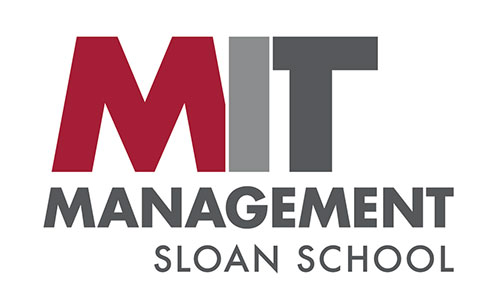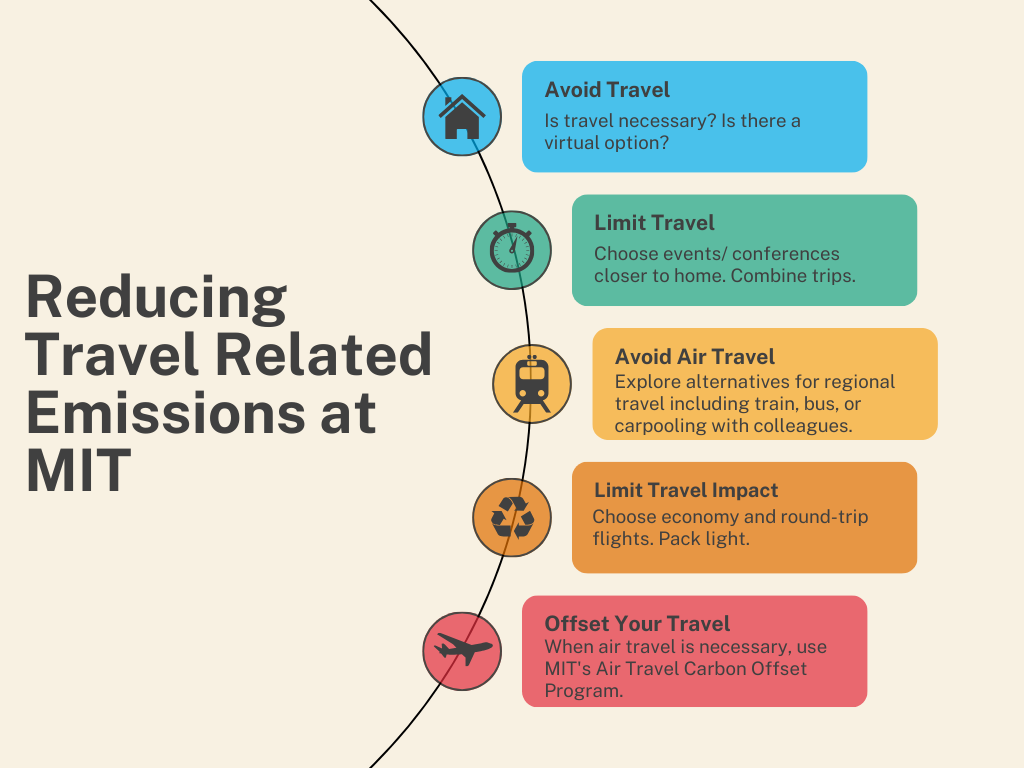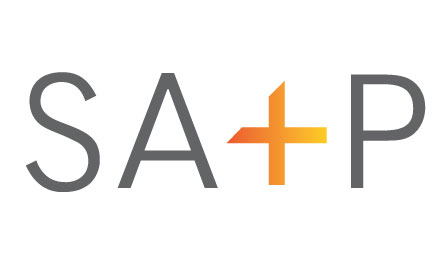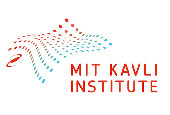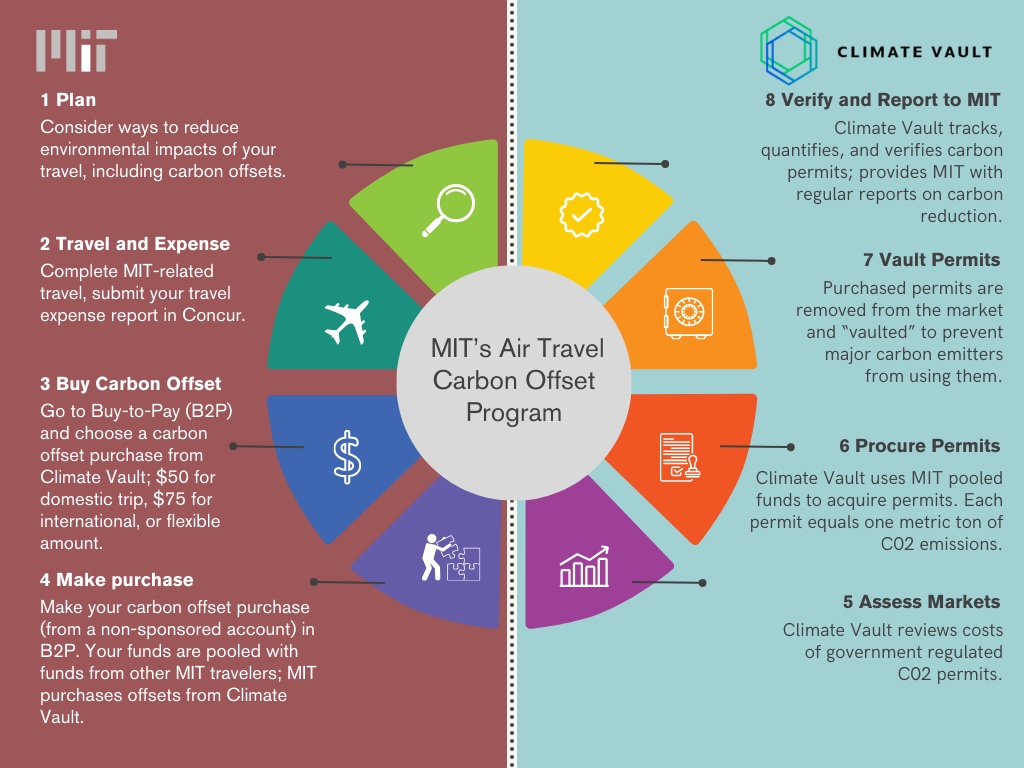What are carbon credits?
Carbon credits are certificates representing quantities of greenhouse gases that have been kept out of the air or removed from it. Carbon credits can be purchased and/or traded within voluntary or regulatory markets. Carbon credits represent a reduction in carbon dioxide and other greenhouse gas emissions to compensate for emissions made elsewhere. Purchasing carbon credits is one way for an organization to address emissions it is unable to eliminate itself.
Climate Vault’s unique approach is to purchase carbon credits or “permits” in regulated “cap-and-trade” carbon markets and retiring or “vaulting” them so they cannot be used by the regulated greenhouse emitters—such as commercial power plants—that are in the cap-and-trade market. Because the number of carbon permits is capped, this decreases the amount of global carbon dioxide pollution allowed by government regulators.
What is a cap-and-trade carbon market?
A cap-and-trade system (or emissions trading system) sets the total amount of emissions that can be released. Then the government issues a limited number of emissions permits, either by giving them away freely to emitters, or through an auction. For each ton of emissions released, the emitter must have a permit. Permits can be traded, so emitters who can’t cost-effectively lower their emissions must buy extra permits from emitters who can. The resulting carbon price then depends on the supply and demand for permits.
Why did MIT choose Climate Vault?
Climate Vault offers a novel, transparent, and efficient method to offset carbon emissions in a way that strengthens the measurement and verification of emissions reductions achieved from the project—a credibility problem associated with many other carbon credit projects. Climate Vault purchases carbon pollution permits from regulated markets and thus removes them permanently from the marketplace. Every permit vaulted is one less ton of greenhouse gases (GHG) produced, so it is possible to know exactly how much of an impact a carbon credit purchased by Climate Vault accomplishes.
One framework for evaluating the quality or effectiveness of different carbon credit projects is known as the “AVID+” framework that indicates effective carbon credits would meet the basic characteristics of being additional, verifiable, immediate, durable, and provide additional community co-benefits. According to Climate Vault, their carbon credits meet these performance criteria as follows:
—Additional: By purchasing and vaulting carbon allowances from compliance carbon markets (CCMs) like the Regional Greenhouse Gas Initiative (RGGI), Climate Vault is creating an immediate reduction of the “cap” within that market. Given that the RGGI market has a finite number of allowances, every allowance or ton that Climate Vault removes is additional because it means one less ton can be emitted.
—Verifiable: Verifiability is a central reason why Climate Vault’s solution is based on the compliance markets. RGGI is managed and enforced by state regulators. There is a fixed and published number of allowances (the “cap”) within RGGI, with all allowances being serialized and tracked within their carbon allowance tracking system (COATS). In addition, the market provides real-time verifiability via the market price for these allowances. If RGGI’s cap were not enforced and allowances not verifiable, then the price of allowances would go to zero, and minute by minute we have evidence that that is not the case. This government regulation and enforcement ensures that allowances that Climate Vault purchases and vaults on behalf of our partners are verifiable reductions.
—Immediate: Climate Vault’s solution delivers immediate reductions and impact because we’re able to leverage the large scale and liquidity of the compliance carbon markets. Climate Vault’s standard process is to purchase and vault emissions allowances within DAYS (not weeks, months, or years) of receiving funds from our partners. This process immediately lowers the effective cap within the market. That means that all of Climate Vault’s partners (no matter how large their required amount of tons) can claim immediate reductions, and do not have to wait for a project to come online or reach full capacity.
—Durable: In addition to being immediate and verifiable, Climate Vault’s solution is also durable because our vaulted carbon allowances are not susceptible to external environmental factors. Climate Vault’s reductions cannot be undone by wildfires, corrosion, disease, or other external forces.
—+(Plus): Aside from the straight emission reductions driven by Climate Vault’s solution, there are also significant co-benefits created by the funds the RGGI market generates from the sale of allowances. Specifically, the proceeds from the allowances are used to support local communities with targeted assistance to disadvantaged and low-income communities and households. From 2008 - 2022, Massachusetts state-owned allowances through RGGI have generated more than $776 million with over $546.7 million already invested in local communities. Proceeds have been used for energy efficiency programs, clean energy investments in new technologies such as offshore wind, and creating well-paying green jobs to provide a better quality of life for all Massachusetts residents. This includes focused environmental justice initiatives that include impacted communities in the decision-making and program implementation process.
How will Climate Vault use my purchases to offset carbon emissions?
Climate Vault uses your payment (pooled with other MIT purchases) to purchase carbon permits from government-regulated cap-and-trade markets. These permits are then retired or "vaulted," making them unavailable for use by carbon emitters including utilities and power plants.
What is a permit and who is purchasing them?
A permit is a government-issued allowance that allows the holder to emit one ton of greenhouse gases. MIT funds will enable Climate Vault to purchase these permits from secondary markets.
How can I learn more about Climate Vault and its approach?
Visit Climate Vault’s FAQ to learn more including how Climate Vault differs from traditional carbon credits, an explanation of compliance markets, and more about the permitting process.
